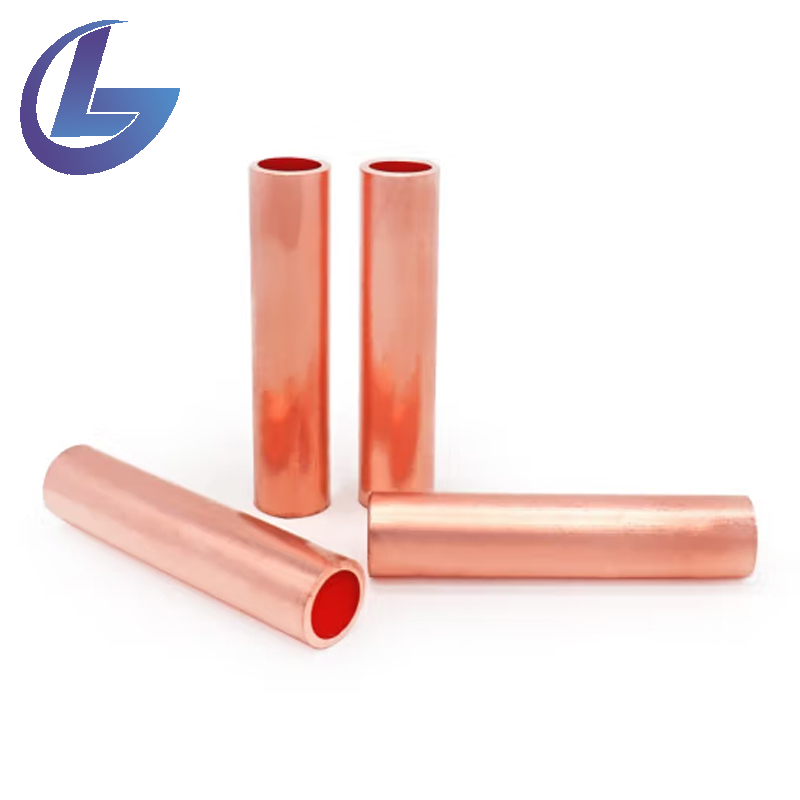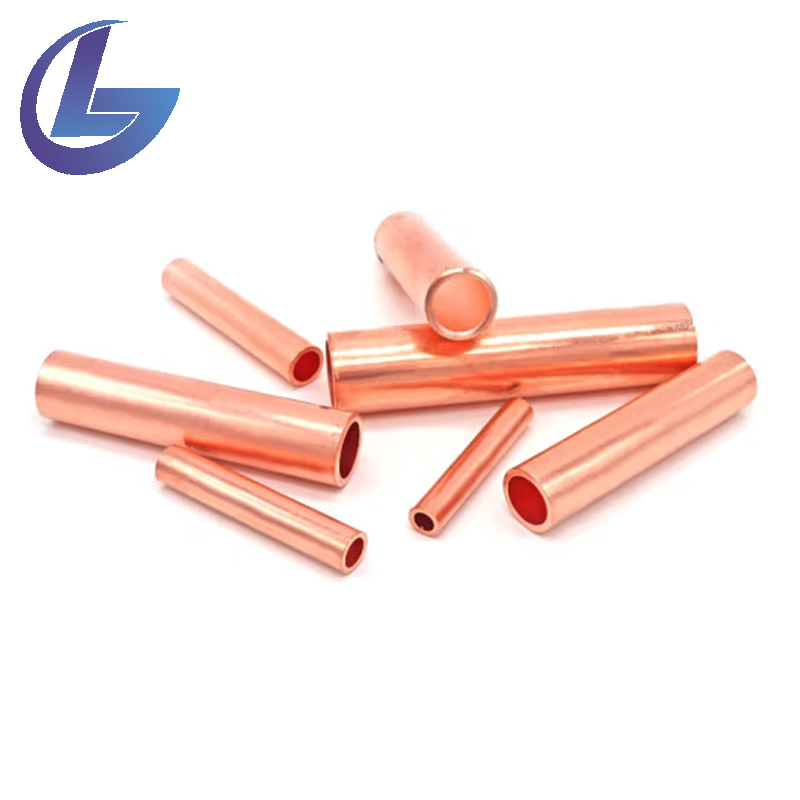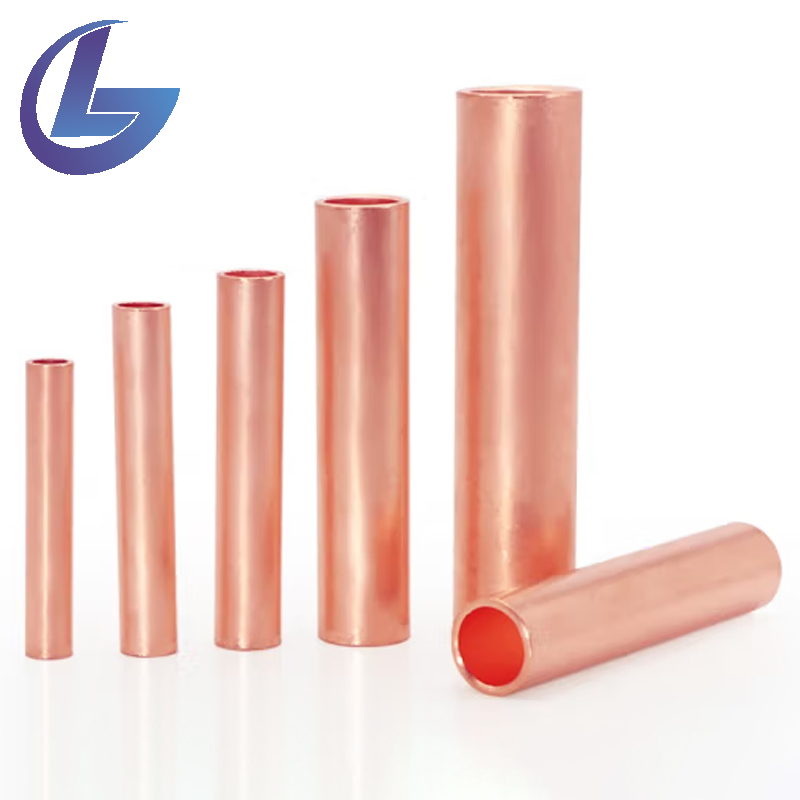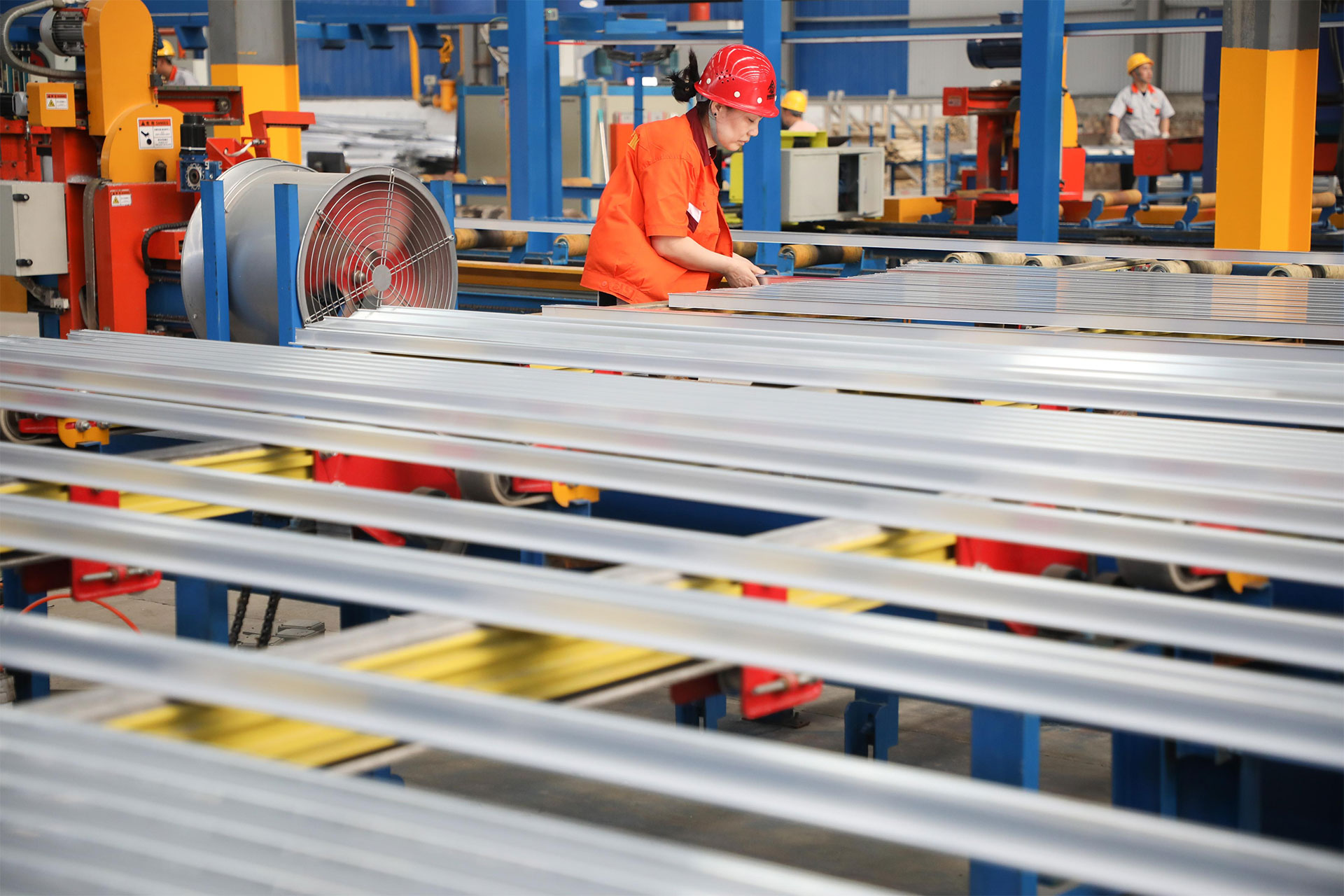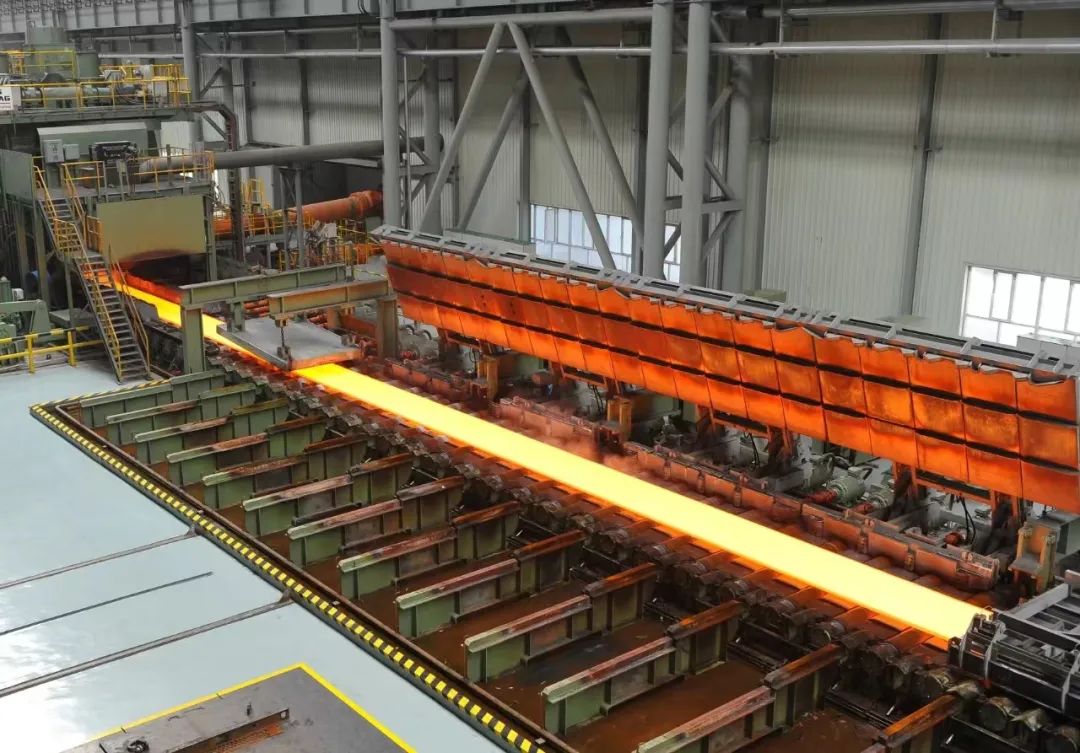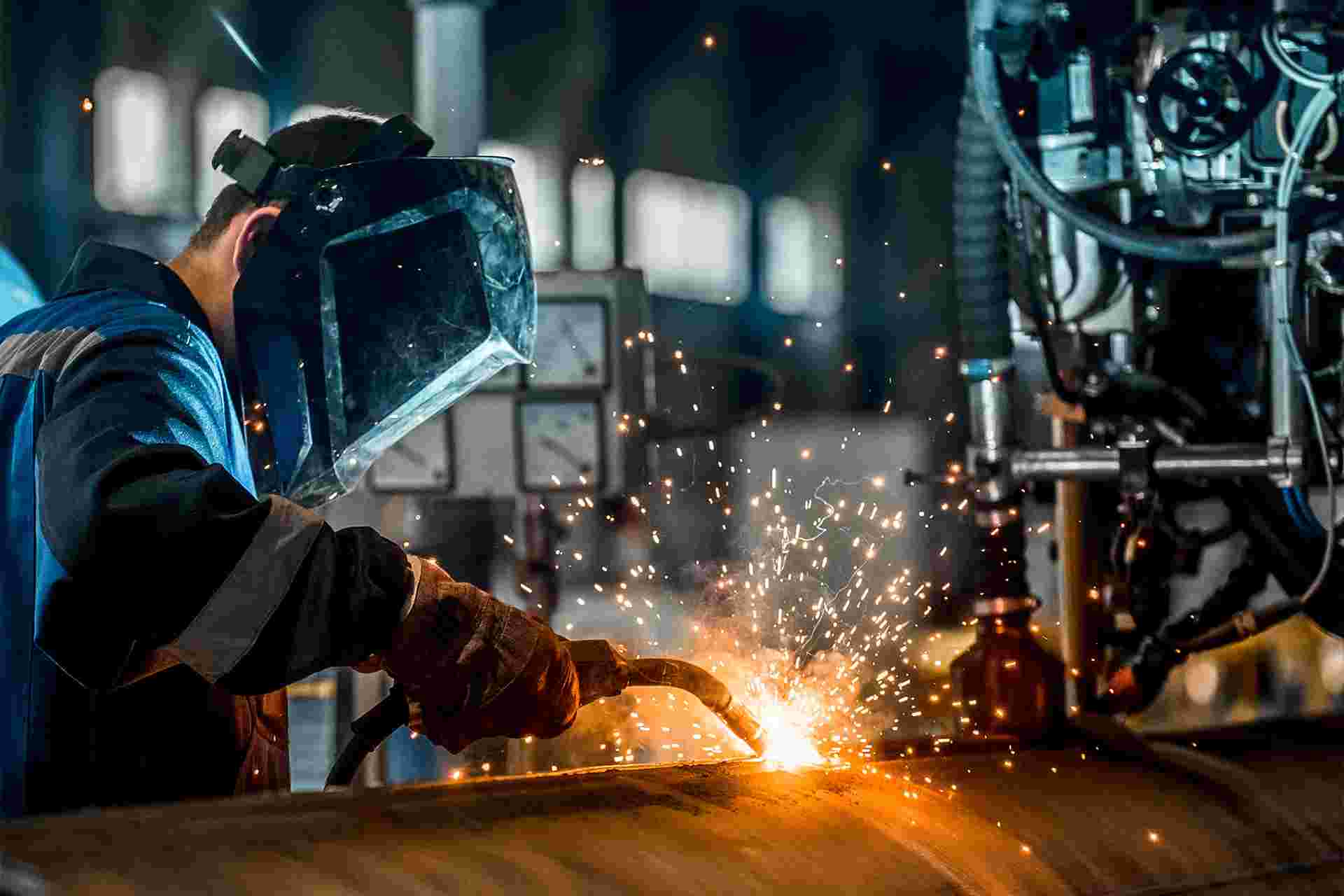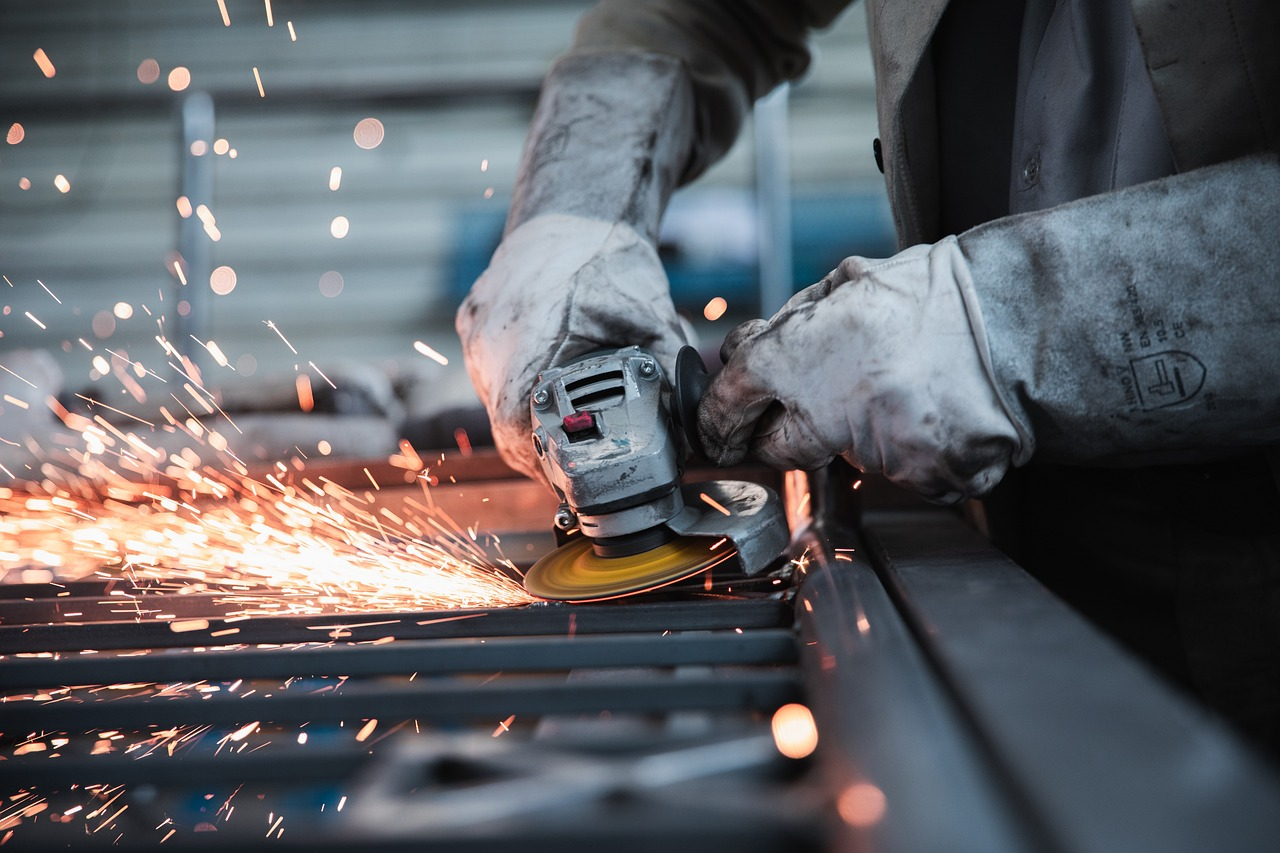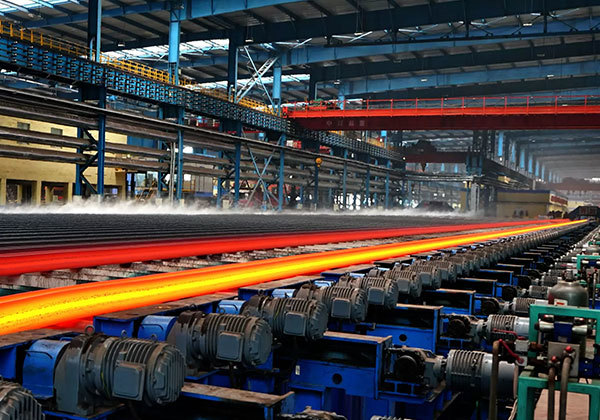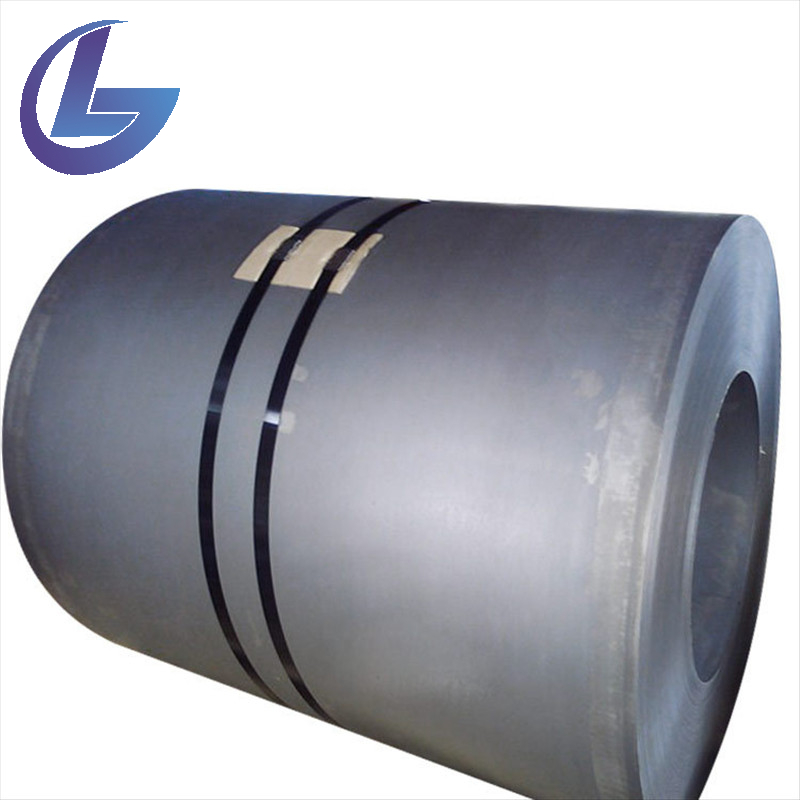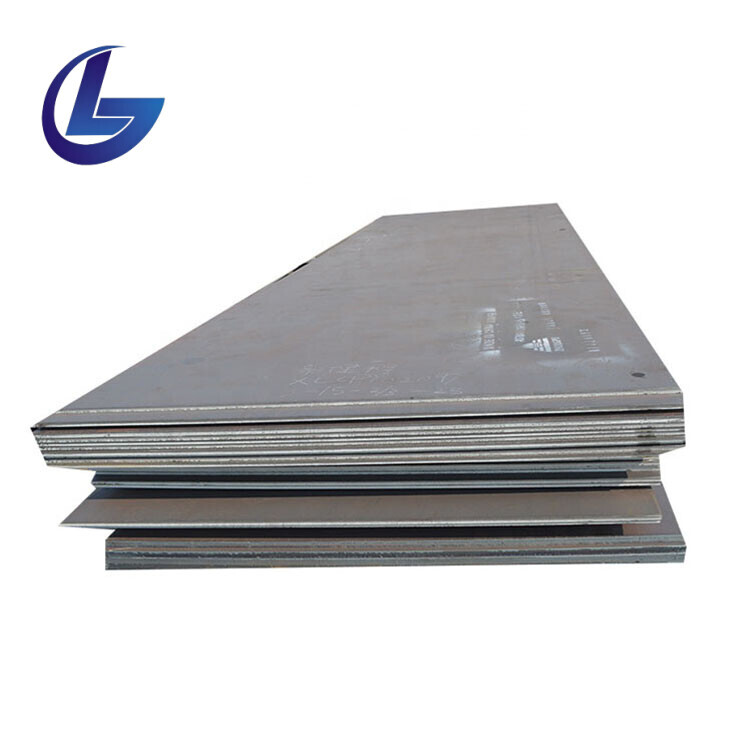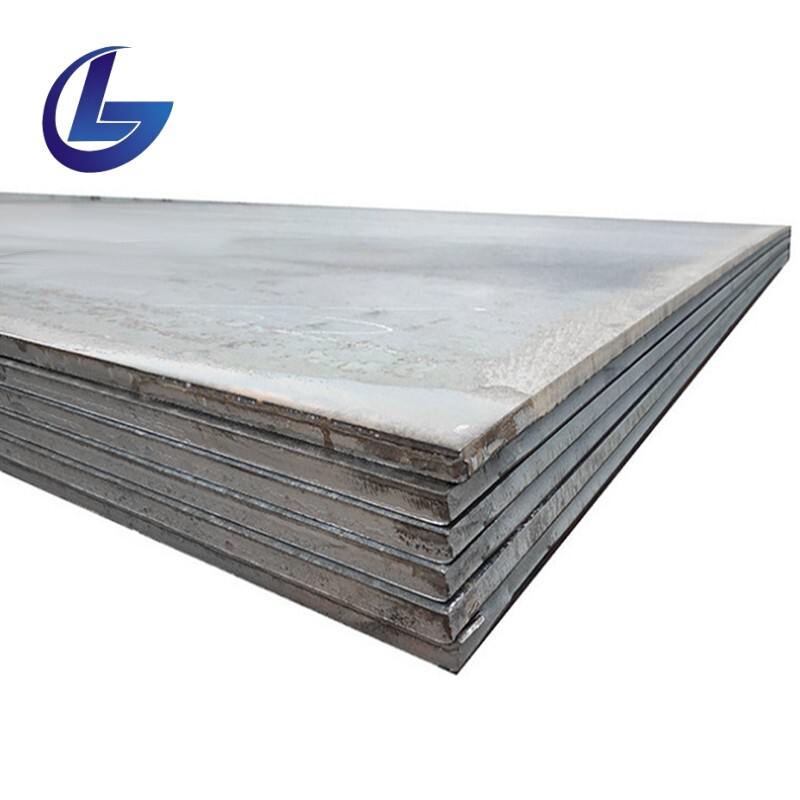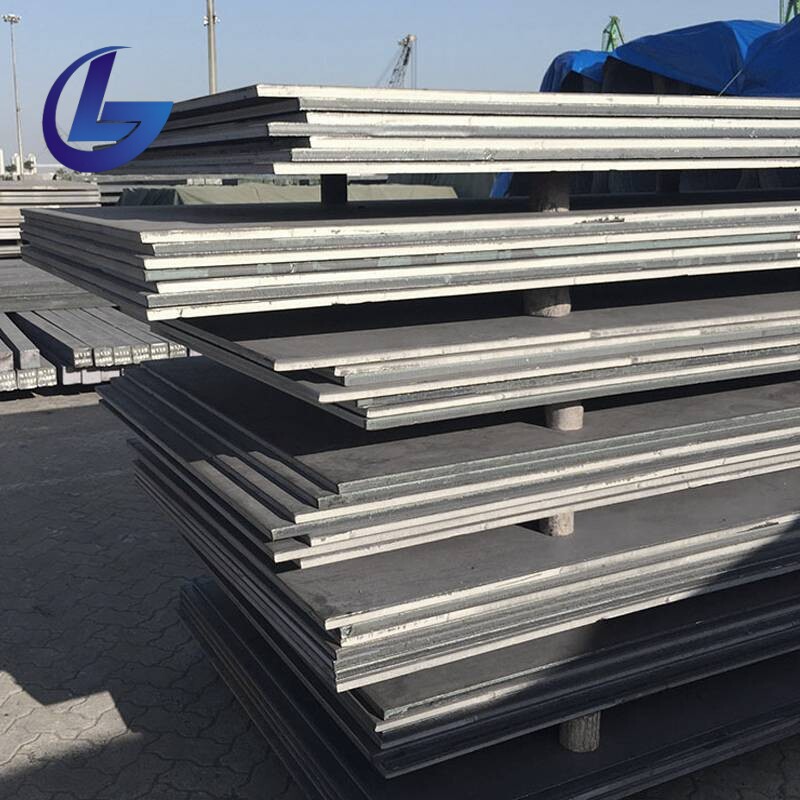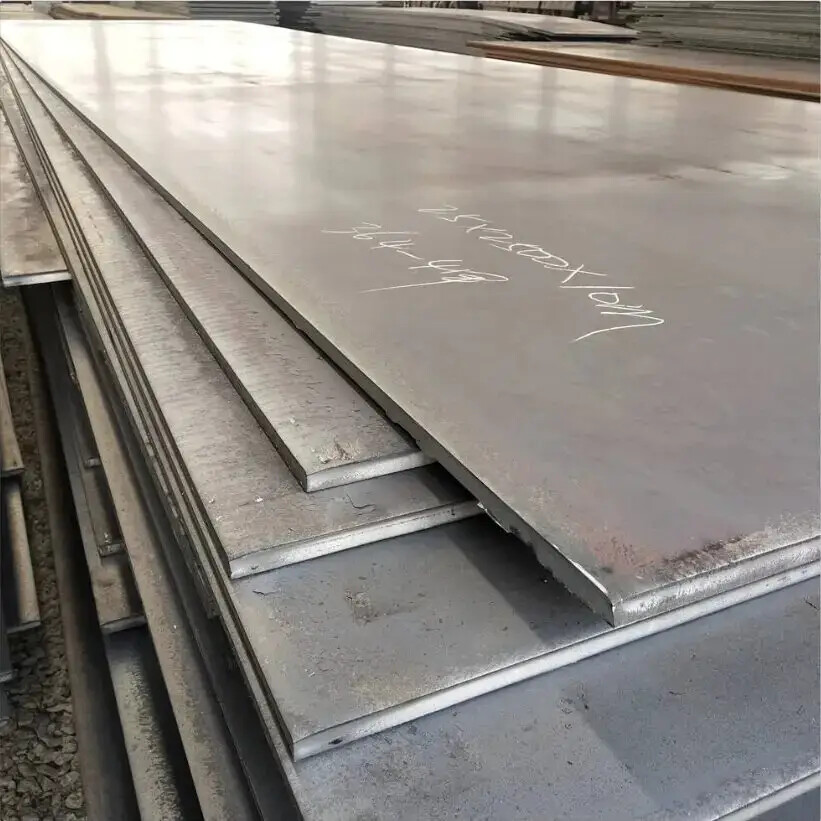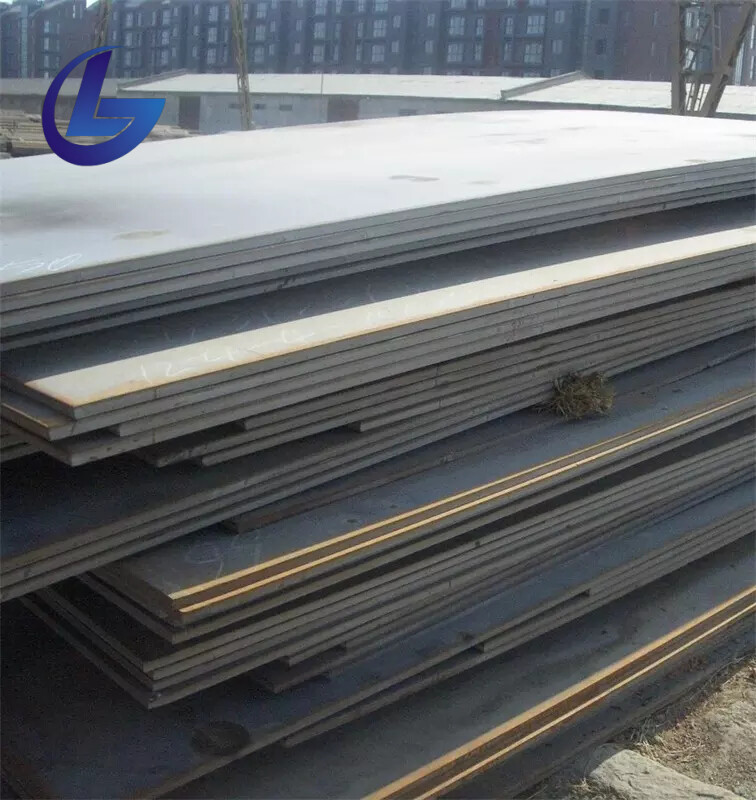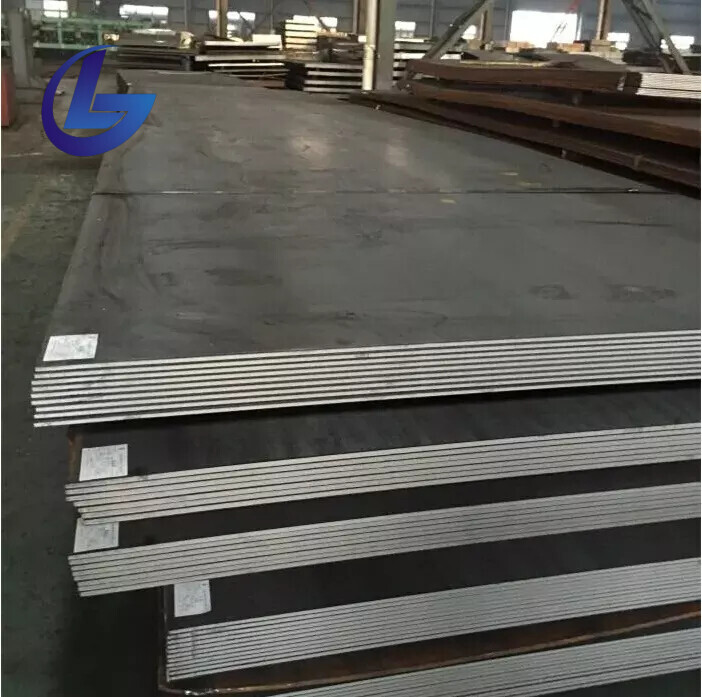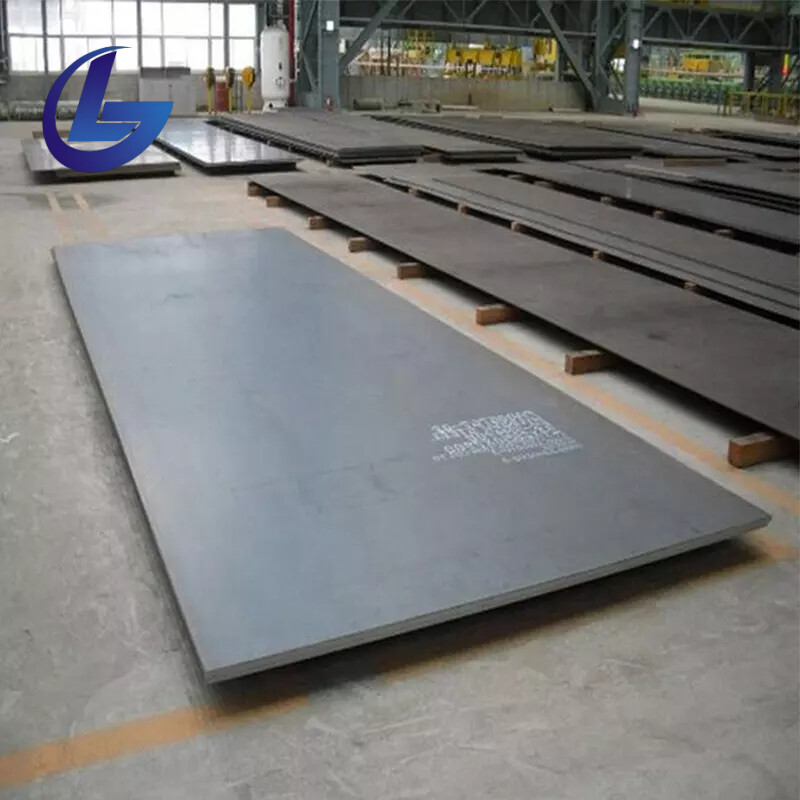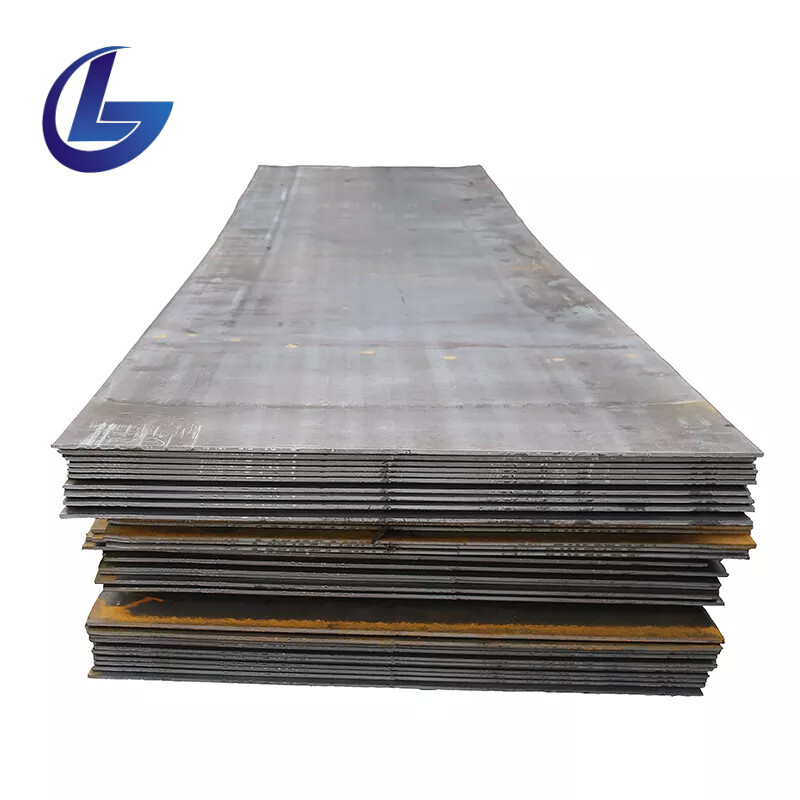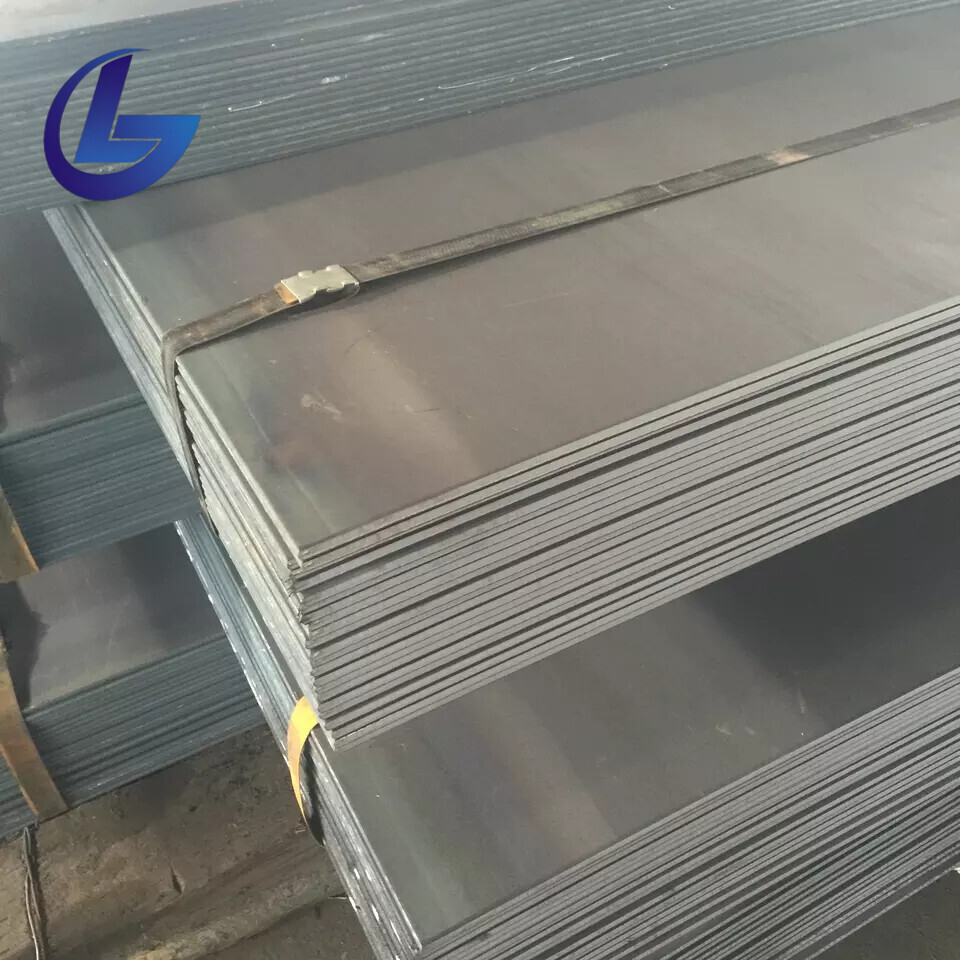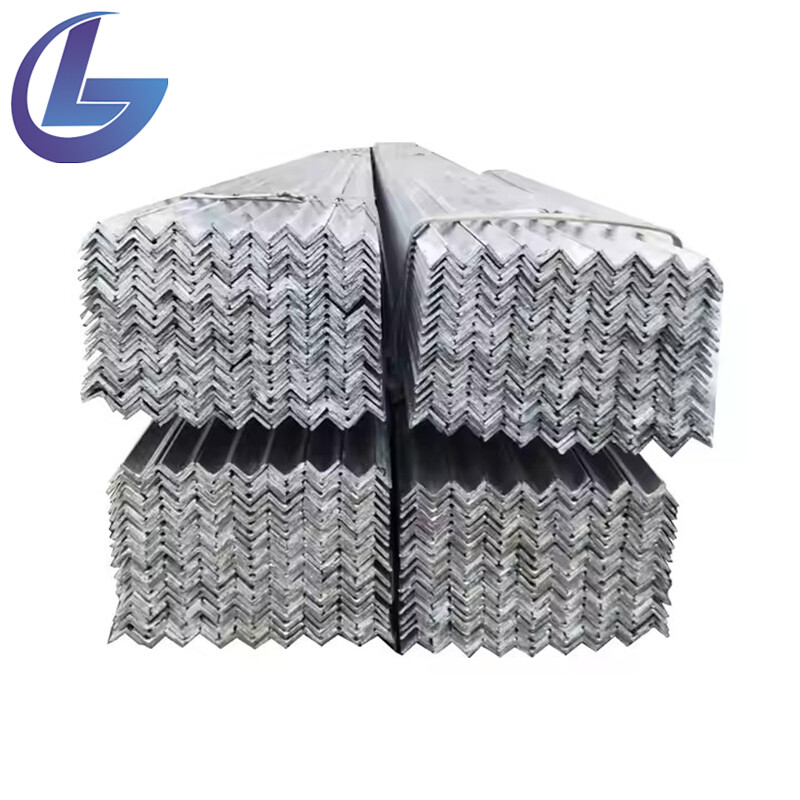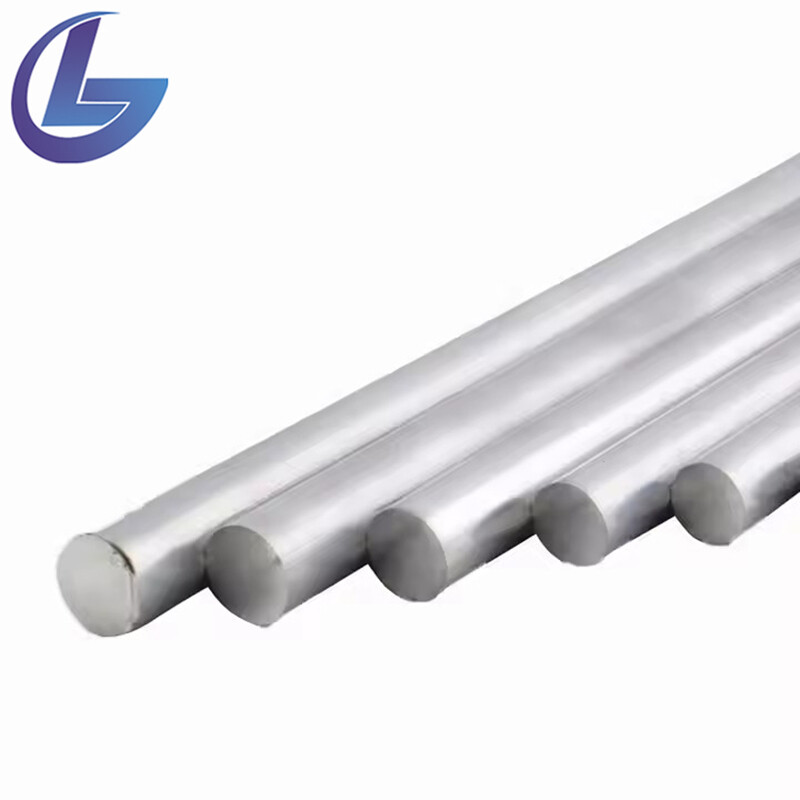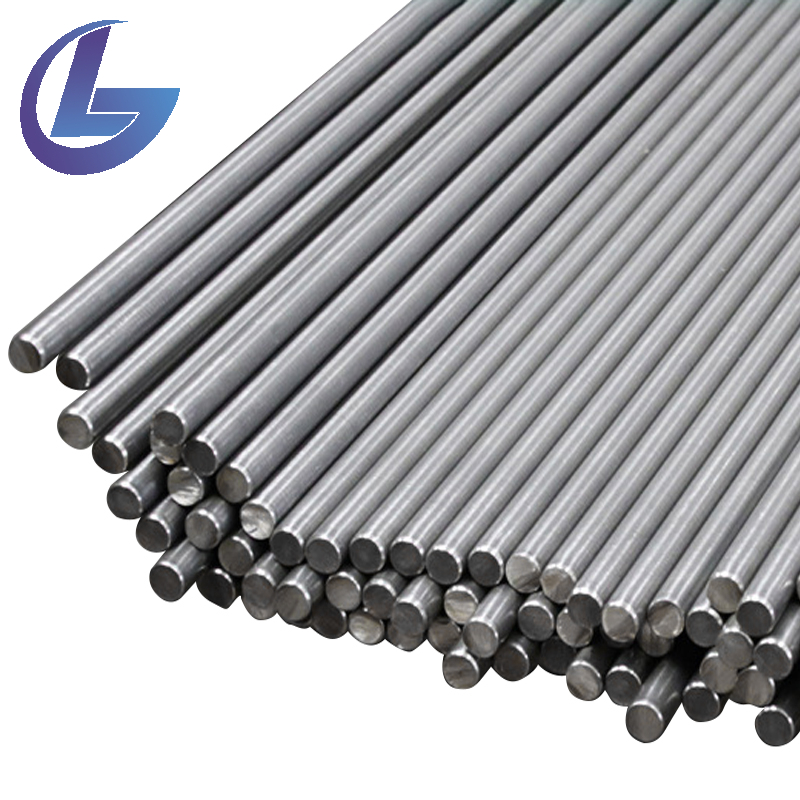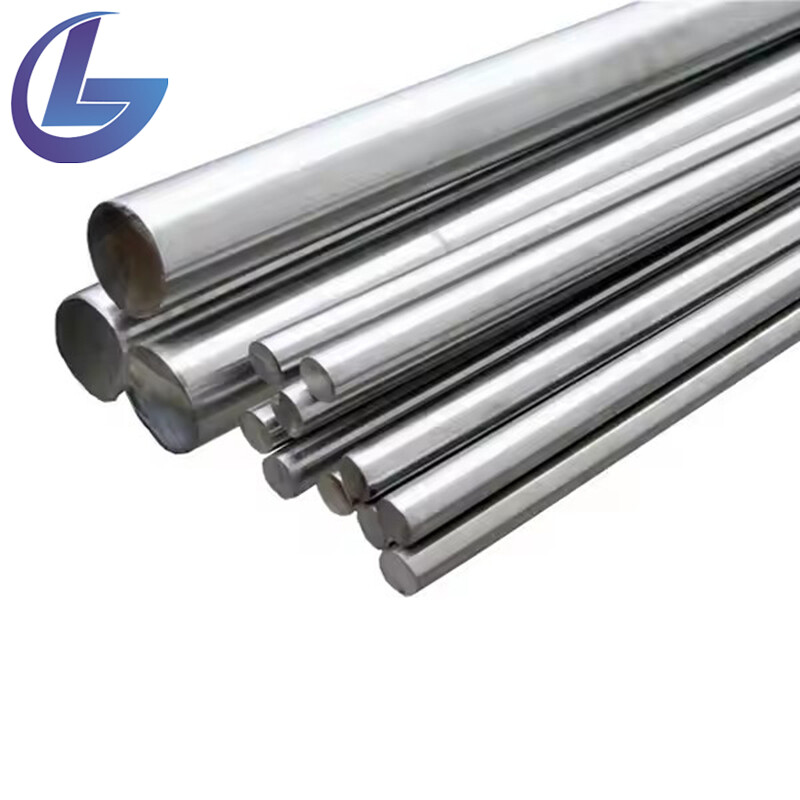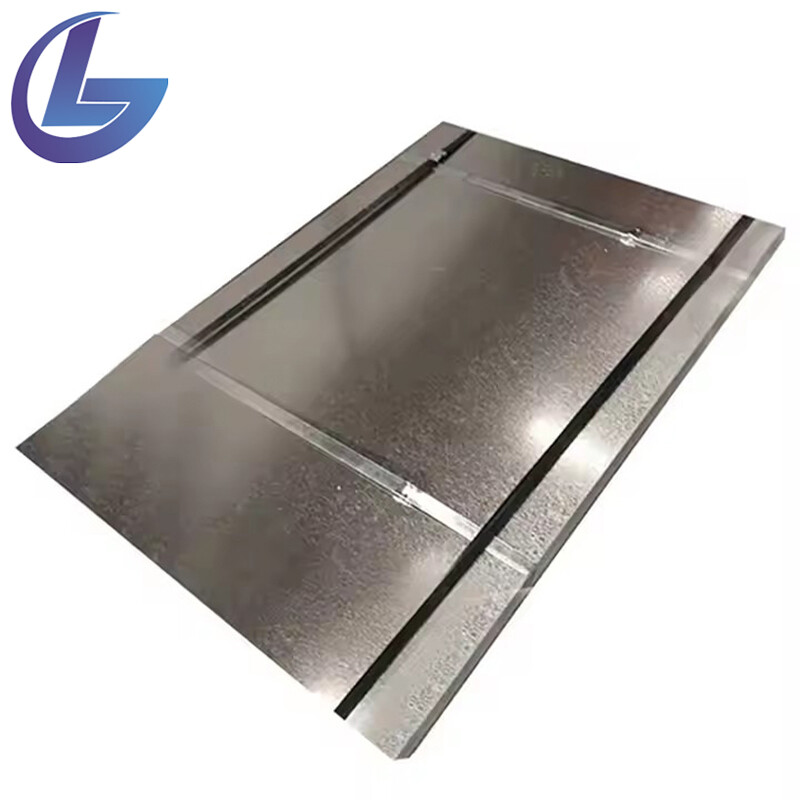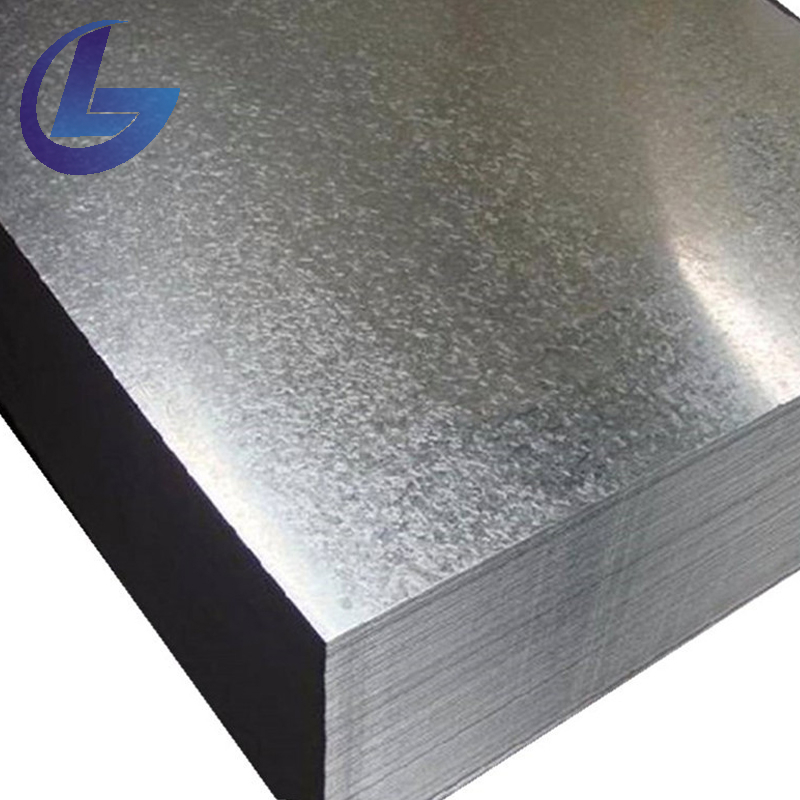产品
Copper pipes are divided into purple copper pipes, brass pipes, white copper pipes, and bronze pipes
◉ 产品详情
Copper pipes are divided into purple copper pipes, brass pipes, white copper pipes, and bronze pipes
Grade: H59, H62, H63, H65, H68, H75, H80, H90; Deoxylated copper (TUP, TUMn), ordinary red copper (T1, T2, T3, T4), anaerobic copper (TU1, TU2 and high-purity, vacuum anaerobic copper); B0.6, B5, B19, B30
Standard: GB204189, National Standard
Processing: Casting billet → Hot rolling → Milling surface → Rough rolling... → Annealing
Customized Processing: welding, cutting, punching, polishing or according to customer requirements
Application: Brass can be used as various load-bearing parts for deep drawing and bending manufacturing, such as pins, rivets, washers, nuts, conduits, pressure gauges, screens, radiator parts, etc. It has good mechanical properties, good plasticity in hot state, acceptable plasticity in cold state, good machinability, easy soldering and welding, corrosion resistance, and is a widely used common brass variety.
Copper can be used to manufacture wires, and currently, wires are usually made of pure copper. This is because its conductivity and thermal conductivity are second only to silver, but it is much cheaper than silver. Moreover, copper is easy to process, and its shape can be changed through processes such as melting, casting, and rolling to make automotive and electronic parts.
Copper nickel alloy (white copper) has good corrosion resistance, medium strength, high plasticity, and can be processed under hot and cold pressure. It also has good electrical properties. In addition to being used as a structural material, it is also an important high resistance and thermocouple alloy.
Bronze is suitable for casting various tools, mechanical parts, bearings, gears, etc.
Customized Processing: carving, lettering, wire drawing, etc
MOQ: Regularly 25 Tons/1 Container or Customized According Your Request
Packaging: Standard airworthiness export packaging: Waterproof paper+steel triple packaging+wooden box
Lead Time: 7-15 days
H represents brass, and numbers represent the mass fraction of copper. For example, H68 represents brass with a copper content of 68% and a zinc content of 32%. For cast brass, the letter "Z" is placed before the code name. For example, ZH62 and Zcuzn38 represent cast brass with a zinc content of 38% and a copper margin. H90 and H80 are single-phase, golden in color, hence they are collectively referred to as gold plating, decorations, medals, etc. H68 and H59 belong to duplex brass and are widely used in structural components of electrical appliances, such as bolts, nuts, washers, springs, etc. In general, single-phase brass is used for cold deformation processing, and duplex brass is used for hot deformation processing.
Purple copper is pure copper: pure copper is purple red in color, also known as purple copper. Pure copper has a density of 8.96 and a melting point of 1083 ℃, exhibiting excellent conductivity, thermal conductivity, ductility, and corrosion resistance. Mainly used for making electrical equipment such as generators, busbars, cables, switchgear, transformers, as well as thermal conductivity equipment such as flat plate collectors for heat exchangers, pipelines, and solar heating devices.
White copper plates are divided into five categories: ordinary white copper plates, iron white copper plates, manganese white copper plates, zinc white copper plates, and aluminum white copper plates.
Bronze is the earliest alloy in the history of metal smelting and casting. Adding tin or lead alloy to pure copper (purple copper) has special importance and historical significance. Compared with pure copper (purple copper), bronze has higher strength and lower melting point (25% tin smelting bronze will lower the melting point to 800 ℃. The melting point of pure copper (purple copper) is 1083 ℃). Bronze has good castability, wear resistance, and stable chemical properties.
◉ 产品展示
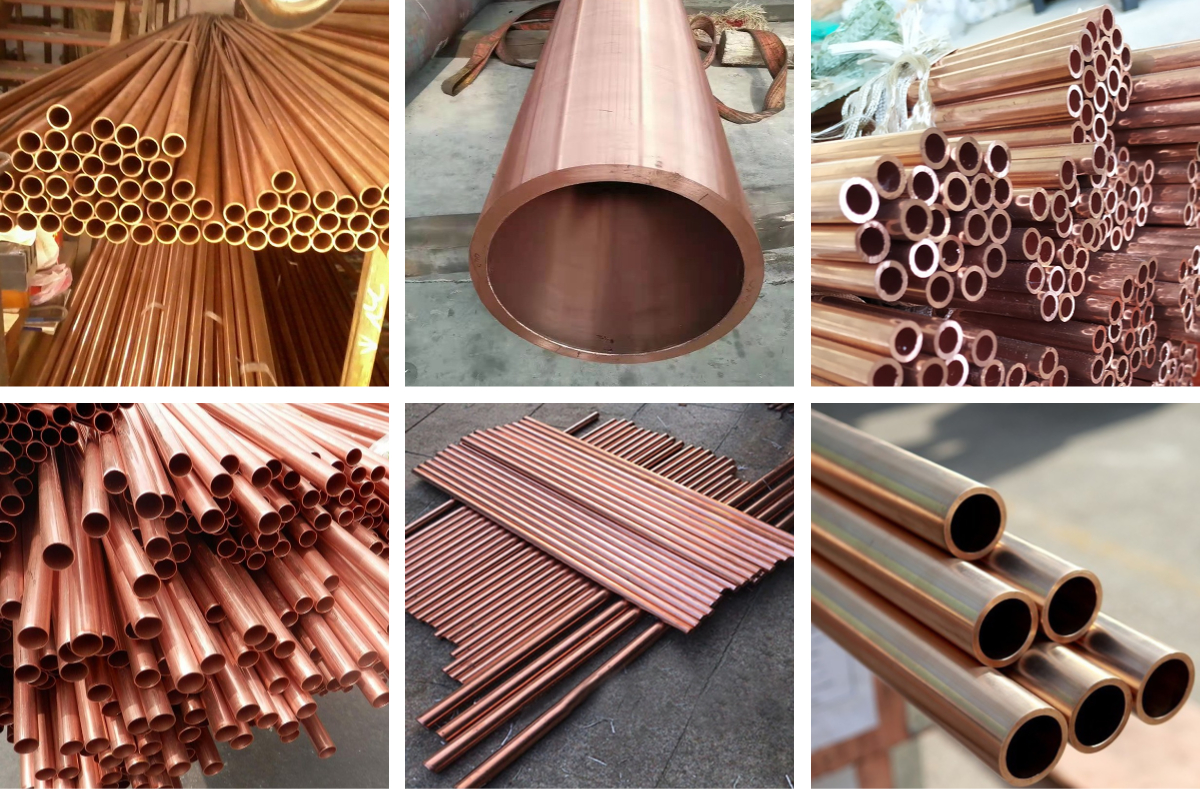
◉ 工厂展示
◉在线咨询
可靠检测!
我们接受正规的第三方检测机构进行检测,我们也可以免费给您寄送样品,客户满意的购物体验永远是我们的追求

有兴趣?
◉产品推荐
留言
如果您对我们的产品感兴趣并想了解更多详细信息,请在此处留言,我们会尽快回复您。

